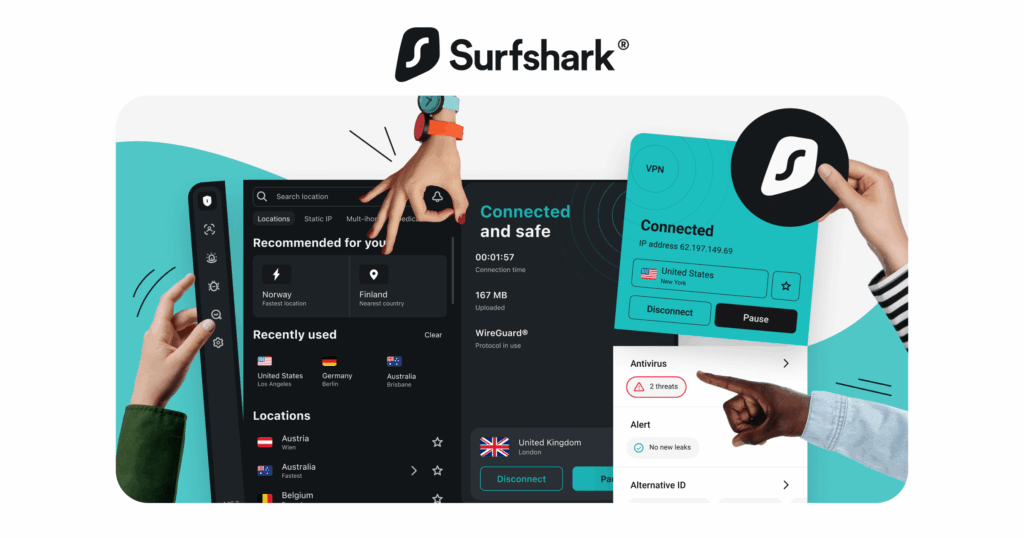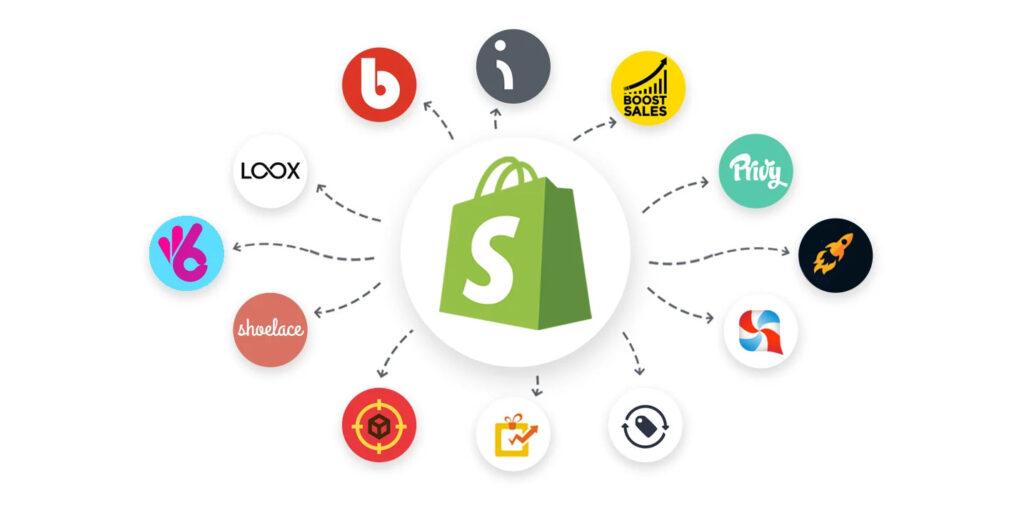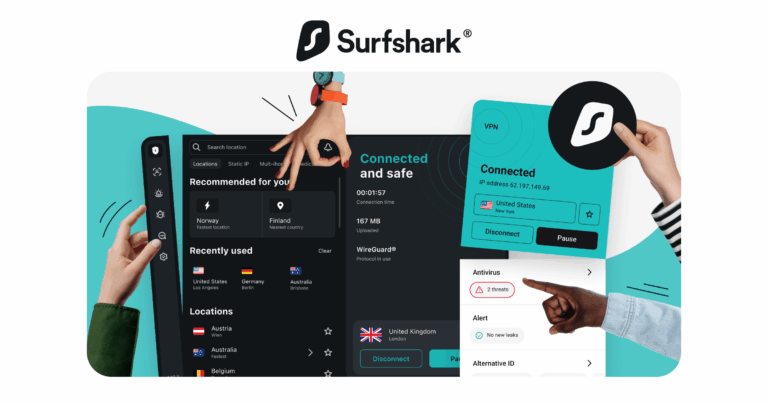Are you ready to unlock the secrets of driving free traffic to your Shopify store in 2025? As we dive deeper into an era where online shopping continues to flourish, mastering SEO becomes essential for standing out. With millions of businesses vying for attention, leveraging proven strategies can set you apart from the competition. Whether you’re a budding entrepreneur or an established brand, enhancing your Shopify store’s visibility is crucial.
From optimizing product pages with relevant keywords like “Shopify login” and “Shopify discount code 2025” to crafting compelling content that resonates with your audience, every little detail matters. Let’s explore effective techniques tailored specifically for Shopify merchants aiming to enhance their organic reach without breaking the bank. The journey might be challenging, but with these actionable insights at your fingertips, you’re on track toward achieving remarkable results in no time!
The importance of SEO for Shopify stores
In the bustling world of e-commerce, visibility is everything. For Shopify stores, SEO serves as the key to unlocking that visibility. Without proper optimization, even the most stunning online shops can get lost in the vast digital landscape.
Consumers rely heavily on search engines to find products. If your store isn’t ranking high enough, potential customers may never discover what you offer. This is where effective SEO strategies come into play.
SEO not only drives organic traffic but also builds trust and credibility among users. A well-optimized site signals quality and reliability to both search engines and shoppers alike.
Moreover, investing in SEO leads to long-term benefits. Unlike paid advertising that stops generating traffic once funding ceases, a robust SEO approach continues attracting visitors over time without ongoing costs. By prioritizing these tactics now, Shopify owners position themselves for sustainable growth in an increasingly competitive marketplace.
Understanding the basics of SEO
SEO, or Search Engine Optimization, is vital for any online business. It helps your Shopify store rank higher in search results, driving more organic traffic.
At its core, SEO involves optimizing various elements of your website. This includes keywords that potential customers might use to find products like yours. Think about what they would type into Google.
Another crucial aspect is on-page optimization. This refers to tweaking titles, meta descriptions, and headers so they align with targeted keywords. These adjustments can make a big difference in visibility.
Off-page factors also play a role. Building quality backlinks from reputable sites signals authority and relevance to search engines.
Remember user experience matters too. A smooth navigation process keeps visitors engaged and encourages them to explore further—an essential element for converting traffic into sales on platforms like Shopify.
Keyword research and optimization for Shopify
Keyword research is the backbone of effective Shopify SEO. It starts with understanding your target audience and what they are searching for online.
Tools like Google Keyword Planner or SEMrush can help identify high-volume keywords relevant to your niche. Focus on long-tail keywords, as they often have less competition and higher conversion rates.
Once you’ve gathered a list, it’s time to optimize. Incorporate these keywords naturally into product titles, descriptions, and meta tags on your Shopify store. Remember, user experience matters too—avoid keyword stuffing that disrupts readability.
Using synonyms and related terms can enhance relevance without compromising quality content. Regularly revisiting and updating your keywords ensures you stay competitive in search rankings while aligning with evolving customer needs.
Consider leveraging local SEO by including location-based terms if you’re targeting specific geographic areas. This will attract more localized traffic to your online shop effectively.
Link building strategies for Shopify SEO
Link building is crucial for boosting your Shopify store’s visibility. Quality backlinks signal to search engines that your site is a trusted source.
Start by reaching out to bloggers and influencers in your niche. Offer them free products or discounts in exchange for honest reviews or features on their sites.
Guest posting can also be effective. Write valuable content for other websites while including links back to your Shopify store. This not only drives traffic but enhances credibility.
Utilize local business directories as well. Submitting your shop details can improve local SEO, especially when combined with keywords like “Shopify expert near me.”
Consider collaborations with complementary brands. Joint promotions often lead to shared audiences and increased backlink opportunities, enhancing overall authority in the competitive market of 2025.
Content creation and optimization for Shopify stores
Creating content for your Shopify store is about more than just filling pages. It’s an opportunity to connect with potential customers.
Start by understanding your audience. What are their interests? What problems do they need solving? Tailor your content to resonate with them.
Product descriptions should be engaging and informative, focusing on benefits rather than features. Use storytelling techniques to create a narrative around each product, enhancing emotional engagement.
Incorporate relevant keywords naturally throughout your content. This helps improve visibility without compromising quality or readability.
Don’t forget about blog posts! Regularly updating a blog can drive traffic and position you as an industry expert. Share tips, insights, or trends that reflect both the brand’s voice and customer needs.
Visual elements also play a crucial role in optimization. High-quality images and videos can boost user experience while reducing bounce rates on product pages.
Utilizing social media for SEO on Shopify
Social media is a powerful tool for boosting your Shopify store’s SEO. By sharing engaging content, you can drive traffic and create brand awareness.
Start by promoting your blog posts on platforms like Instagram, Facebook, and Twitter. Use eye-catching visuals and compelling captions to entice users to click through to your site.
Encourage followers to share their favorite products or experiences with your brand. User-generated content not only builds community but also enhances trustworthiness.
Don’t forget about hashtags! Using relevant keywords can help potential customers discover your content more easily.
Engage with comments and messages promptly. This interaction signals search engines that you’re active and responsive, which can positively impact rankings.
Consider collaborating with influencers who resonate with your brand values. Their endorsements can expand your reach while driving quality backlinks to improve overall SEO performance.
Implementing mobile optimization for your Shopify store
Mobile optimization is essential for any Shopify store in 2025. With more shoppers browsing on their smartphones, a smooth mobile experience can significantly boost your sales.
Start with responsive design. Ensure your website adapts seamlessly to various screen sizes. This enhances user experience and improves search engine rankings.
Next, focus on loading speed. A slow site can lead to high bounce rates. Optimize images and minimize scripts to ensure swift navigation.
Don’t forget about touch-friendly elements. Buttons should be easy to tap, and text must be readable without zooming in.
Implementing structured data helps search engines understand your content better on mobile devices. This can enhance visibility in local searches like “Shopify expert near me.”
Test frequently across different devices and browsers to catch any issues early on. Regular adjustments keep the shopping experience enjoyable for all users.
Staying up to date with algorithm changes and updates
Staying informed about algorithm changes is crucial for your Shopify store’s SEO strategy. Search engines like Google frequently update their algorithms to improve user experience and search results.
These updates can have a direct impact on how your site ranks. Missing out on these shifts could mean falling behind competitors who adapt quickly.
Follow reputable industry blogs, attend webinars, or join forums focused on eCommerce and SEO trends. Engaging with the community allows you to gain insights from others who are also navigating changes.
Utilizing tools that track rankings and provide alerts about algorithm updates can be beneficial too. Set aside time regularly to analyze how these adjustments might affect your shop’s visibility online.
Always remember that flexibility in your approach will help you stay ahead of the curve while maximizing traffic potential.
Measuring success and making adjustments
Measuring success and making adjustments is crucial for any Shopify store aiming to thrive in a competitive landscape. First, use tools like Google Analytics to track your traffic sources, bounce rates, and conversion rates. Understanding where your visitors come from can highlight which SEO strategies are working.
Monitor keyword rankings regularly. Tools such as SEMrush or Ahrefs can help you see how well you’re optimizing for terms like “Shopify login” or “Shopify discount code 2025.” Adjust your strategy based on these insights; if certain keywords aren’t performing, it may be time to refine your content or focus on new ones.
Analyzing user behavior offers valuable information too. Heatmaps reveal where visitors click most often, helping you optimize layout and design elements of your store. A/B testing different landing pages can give clarity on what resonates with customers best.
Don’t forget about regular updates to stay aligned with algorithm changes that could impact visibility. Keeping abreast of trends ensures you’re never left behind while adapting your approach keeps the momentum going.
Always keep an eye out for customer feedback—genuine insights from users who interact with your site are invaluable. By being proactive rather than reactive in measuring success and adjusting tactics accordingly, you’ll position yourself effectively in the evolving world of e-commerce search engines while attracting more organic traffic over time.




















